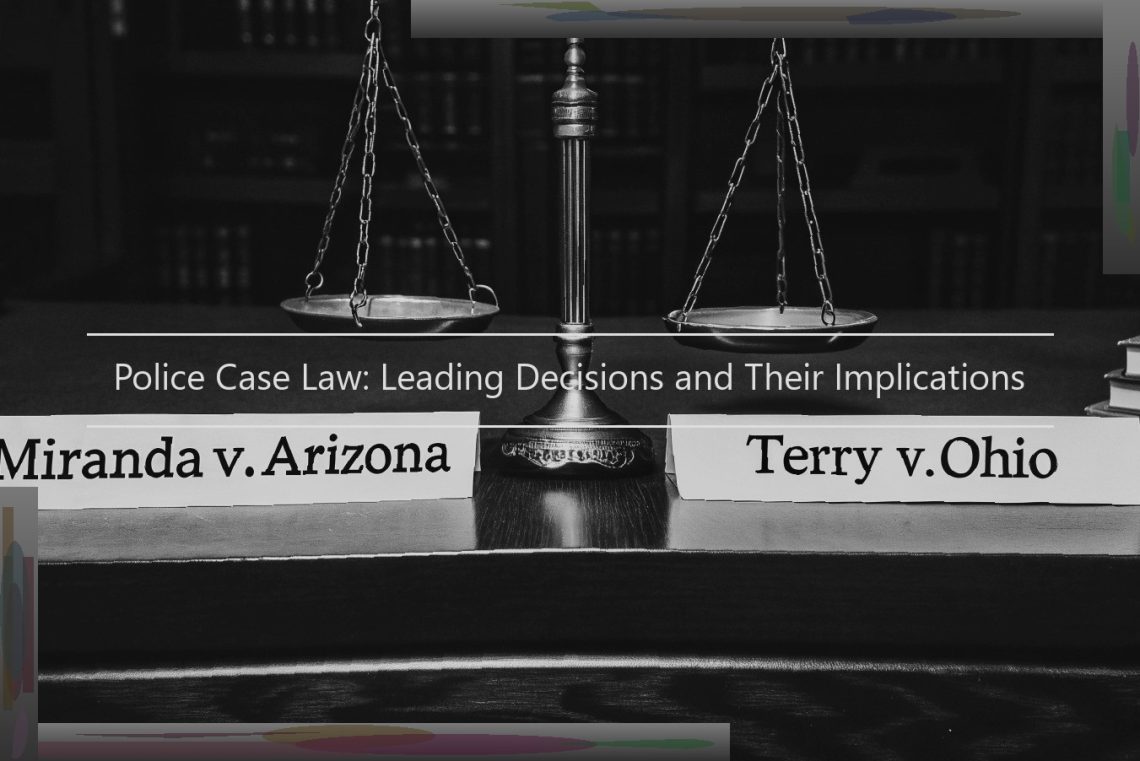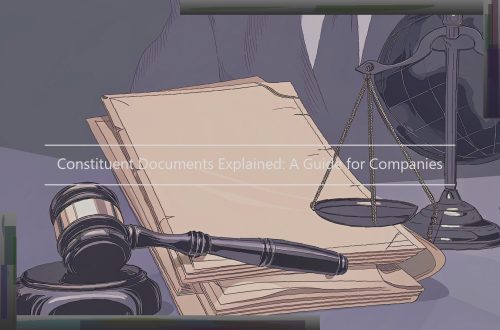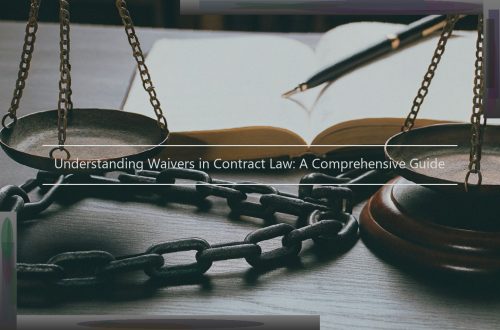
Police Case Law: Leading Decisions and Their Implications
An Overview of Police Case Law
Police case law refers to legal precedents that have been established in court cases involving the police or law enforcement. These decisions, which are derived from both federal and state courts, help to shape the conduct of police departments and officers throughout the United States. Case law is crucial in that it serves as a guide for lawful police behavior, and it also protects citizens from unlawful actions on the part of the police.
The Supreme Court of the United States has set many important case law precedents for police conduct. For example, the Supreme Court case of Miranda v. Arizona established the well-known "Miranda rights," which required that individuals under arrest be informed of their right to remain silent and their right to an attorney. Miranda warnings have become a staple of modern police practice, and they have been adopted by law enforcement agencies and officers in all 50 states .
Police case law is important in that it helps law enforcement authorities avoid incurring liability for unlawful arrests or other practices. Police officers must follow legal procedure when arresting a person, or investigators risk having their arrest deemed unlawful. Unlawful arrests can result in civil lawsuits against police departments. Additionally, officers who do not follow proper procedures when interviewing suspects may risk damaging evidence or finding themselves in a precarious legal position.
Upon a close examination of police case law, one can see that these decisions are crucial not only in shaping police conduct but also in maintaining the delicate balance of justice and order in society. Without the decisions of various courts of law, the balance between justice and order might be tipped in one direction or the other.
Major Supreme Court Rulings
Several landmark decisions by the U.S. Supreme Court have shaped the way police conduct their business, both on the street and in court. Miranda v. Arizona, decided in 1966, held that when a suspect is in custody and about to be interrogated, the police must inform him or her of the right to remain silent, the right to an attorney who will be paid for by the state if the suspect cannot afford one, that anything said may be used against him, and that the suspect can discontinue the questioning at any time. In Terry v. Ohio (1968) the court upheld the legal principle that police officers can stop and pat down suspects when they have a reasonable suspicion that criminal activity is taking place. The court reasoned that the risk of harm to the officer during such encounters is too great to require the officer to have probable cause or a search warrant. In another influential case, Mapp v. Ohio (1961), the court extended to the states the exclusionary rule, which requires that evidence which is discovered as a result of an illegal search or seizure is inadmissible in court.
Police Case Law and Accountability
‘Case law’ refers to the body of judicial decisions that are in line with the law. It is decided either by applying previous case law precedents or by recognizing new precedents. Case law can affect police conduct and reform efforts surrounding police accountability. It is important therefore to understand case decisions made on civil rights indictments against law enforcement.
Below are some examples of landmark cases that have established precedents for police accountability: In 1983, the United States Supreme Court recognized a private right of action under section 1983 of the Civil Rights Act for a citizen whose constitutional rights were violated by a state agent acting under color of law. ‘Under color of law’ refers to an act done by a person (acting as a private or public official) using rights or privileges given to them by a government agency or department. For example, if the police arrest someone (an act that falls under their rights and privileges as a government agency), they are ‘acting under color of law.’
After the decision in section 1983, the bar for citizens seeking redress of rights violations against government agents and bodies was lowered significantly. Citizens could now pursue litigation against police officers and departments for violators of equal protection of the laws and due process of law.
Additionally, in 1967, the United States Supreme Court recognized that an officer of the law may not make an arrest in a public place without a warrant unless they have probable cause. Thus, police cannot arrest a suspect without first determining whether sufficient evidence exists to prove that they committed a crime.
Furthermore, in 1996, the Court held that the qualified immunity doctrine extends to state officials executing arrest warrants. Specifically, in Anderson v. Creighton, the United States Supreme Court observed, "the protection of the qualified immunity doctrine extends to a police officer in a civil damages action brought under §1983 and regardless of the harm alleged when the officer’s conduct does not violate clearly established statutory or constitutional rights of which a reasonable person would have known." Qualified immunity is protection from hardship to law enforcement officers who did not know that the rights of a citizen were being violated.
Recent Trends in Police Case Law
The body of case law dealing with police work continues to grow across the country. While only time will tell the ultimate effect these new cases may have on police procedures, it is helpful to have a grasp of the most current developments.
The United States Supreme Court has recently provided police with guidance on how to apply the "good faith" exception to the exclusionary rule. In Davis v. United States, No. 09-11328, 564 U.S. ____, 2011 U.S. LEXIS 3873, the Court held that officers did not act unreasonably under the Fourth Amendment by continuing to rely on a then-valid judicial precedent in issuing a search warrant. In making its determination, the Court explained that officers could reasonably rely on a judicially issued order and should not be punished for the conduct of a judge. So long as the officers’ mistake was an objectively reasonable one, the evidence should not be excluded. The Court emphasized that officers should not be penalized for the misinterpretation of the law when that misinterpretation was still continued to be followed in light of applicable precedent at the time of the misinterpretation.
The Court also addressed the warrantless seizure of a person from his or her vehicle. In Brendlin v. California, No. 07-8156, 551 U.S. ____, 2007 U.S. LEXIS 11229, the Court concluded that a passenger in a motor vehicle being subjected to a traffic stop has been seized for purposes of the Fourth Amendment and may therefore challenge the constitutionality of the stop. In this case, the police stopped a vehicle for which the defendant was a front seat passenger after the officer confirmed the registration of the vehicle had been revoked. While the police officers were writing tickets to the driver, they observed a bag of methamphetamine in plain view – leading to the eventual arrest of the defendant. Reviewing existing case law involving various contexts in which courts have addressed the issues related to what constitutes a Fourth Amendment seizure, the Court determined that all of those cases show that the defendant was seized along with the driver as soon as the vehicle came to a halt. The Court continued the rationale of its prior holding of Whren v. United States, 517 U.S. 806, 813 (1996), subsection 4.3 infra, making no distinction between seizures involving drivers and those involving passengers. The Court adopted a common-sense approach in finding the defendant had been seized and was free to challenge the legality of the seizure.
Further, the legal principle emphasized in Whren was applied in a newer case, Sykes v. United States, No. 09-11311, 564 U.S. ____, 2011 U.S. LEXIS 3878, to bestow immunity on officers for objects observed in plain view during the search of a vehicle based on the existence of probable cause for an unrelated traffic violation . In this case, the defendant narrowly avoided the possible future impact on future police practices by getting caught in two separate illegal activities in a five-minute span. First, the defendant, Sykes, was arrested for driving a vehicle with license plates belonging to a different car. During the first stop, Officer Morton discovered there was a warrant for Sykes’ arrest. Morton arrested Sykes, threw him in the back of his police car, but did not search the interior of Sykes’ car. However, several minutes later, the backup officer, Officer Evans, arrived on scene and observed in plain view a pouch containing cocaine under the driver’s seat. Evans then searched Sykes’ car and found another bag of cocaine in the center console. While the Court reaffirmed the perceptions of the officers at the time of the search an important factor in determining the legality of the stop, the Court noted that the police were completely unaware of any other offenses committed by the defendant once the police removed him from the vehicle that night.
The Court has further addressed the rights of in Miranda warnings. In Berghuis v. Thompkins, No. 08-1470, 560 U.S. ____, 2010 U.S. LEXIS 1072, the Court considered the case of Van Chester Thompkins, who had been mirandized three times by two different officers in a period of approximately three hours before confessing his role in the murder of a victim in Michigan. With interrogation and confessions that followed after the third Miranda warning, Thompkins’ confession was deemed valid, despite his failure to say the words "I remain silent" the third time he was given the Miranda warnings. Although the Court recognized that the defendant’s silence could be interpreted as an invocation of his Fifth Amendment rights, the Supreme Court relied on the facts that Thompkins was not only read his Miranda rights, but also given the means and opportunity to remain silent through the multiple Miranda warnings, and found the defendant’s silence alone was not sufficient enough to invoke those Fifth Amendment rights against self-incrimination. Thus, the Court confirmed that the Miranda warnings were clearly understood each time and the defendant had been expressly informed of his rights on three separate occasions before giving incriminating statements.
Overall, police continue to receive favorable treatment from the Supreme Court and the various United States Circuit Courts across the country. Further, it appears that most of the newer decisions have some underlying principles that could not only assist officers currently on the line doing their job, but are also likely to have a favorable long-term affect on police work.
Issues and Critiques
Despite the extensive body of police case law, there are many challenges within this area that have been widely debated. Broadly, critics argue over the degree of deference given to the police officers to enforce the law, while other critics believe there is a lack of consistency in decisions. For example, a common example arises in decisions where a bystander or a police officer witnesses crimes in progress across jurisdictions. Traditionally, at common law, where a bystander was instructed to stop a crime in progress they could only do so within their own specific jurisdiction. The courts had suggested that the powers of a citizen were equivalent to that of a local constable. Conversely, the police, through statutes, are given enabling powers that allow them to enforce the law. At common law, the courts have held that the decision to arrest ultimately lies with the police but… the right to intervene to stop the commission of a criminal offence…. is also a right which is vested in a citizen. At common law, a citizen could not ‘vicariously’ exercise police powers. In some cases, citizen’s arrests are explicitly provided for in statutes. Courts have grappled with the line between citizen and police power with mixed results. For example, in R. v Whitfield, four police officers saw a man attempting to steal a car and did nothing immediately. Five minutes passed until a passer-by actually stopped the man from stealing the car. The court recognized that the police officers exercised their discretion accordingly. It was held that it did not matter that the actual conduct of the officers was not that which would have been taken by another police officer. All that matters is that the officer reasonably exercised his/her discretion and acted in integrity.
Conclusion: Looking Ahead in Police Case Law
With the myriad of police case law shaping our understanding and application of policing, there will continue to be an evolution of how case law influences law enforcement. Anticipating potential trends is imperative to understanding how case law will impact police conduct and, in turn, how police interact with our communities.
Trend 1: The Strain on Resources and the Rise of Automation
As previously discussed, many police agencies lack the financial and personnel resources to adequately conduct internal investigations even for the most egregious of misconduct. A growing trend is the utilization of external private investigators to conduct investigations into police misconduct. In addition to spinal resources, officers and police departments are attempting to reduce costs through increased automation of investigations. The application of technology to further automation of investigations will likely be a significant trend in police case law.
Trend 2: The Development of AI
Similar to the trend of increased automation, the introduction of artificial intelligence will further shape the development of police case law. While it remains to be seen how courts will determine the constitutional implications of police utilization of artificial intelligence, there is no question that artificial intelligence is being utilized by police agencies across the country . All indications are that the use of artificial intelligence will continue to expand and further influence police case law.
Trend 3: The Expansion of the Jurisprudence of Qualified Immunity
As is patently clear from this blog, far too many police officers are being vicariously liable for the actions of different officers by the ongoing expansion of qualified immunity jurisprudence. We anticipate the expansion of qualified immunity jurisprudence will continue, making it all that more important to ensure accurate documentation of incidents by the arresting officer.
Trend 4: Increased Transparency for Police Agencies
While a number of police agencies have utilized various applications to increase the transparency of investigations and internal affairs investigations, the continued and consistent growth of this practice and process will arguably lead to further transparency in police matters and increased knowledge of constitutional violations through the dissemination of public notice of police internal affairs investigations. Members of the legal community will utilize increased transparency in their potential criminal and civil rights cases as a direct result of the evolving police case law.





